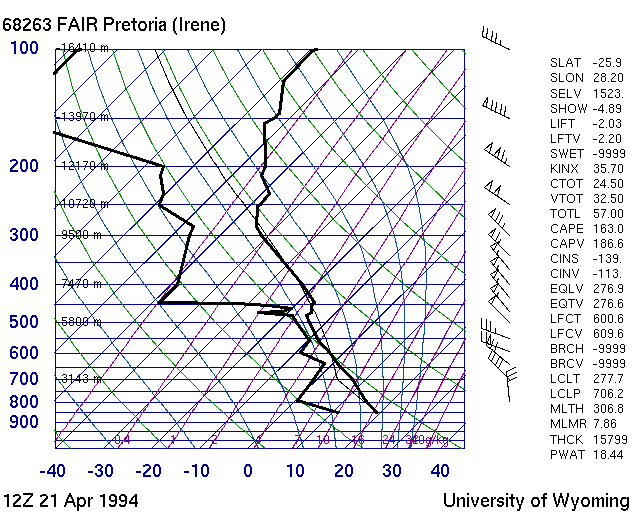I think Jason's links up there are about the most concise and quick answers to your question that you'll find. It's great to see questions like this being posed, as to understand the forecasting of nuances that can lead to tornado days you first of all have to understand the basics. Sometimes, I find myself forgetting the basics.
I think the following quotations from TheWeatherPrediction.com are the most concise:-
1. The low level jet is a high speed return of warm and moist air from the south or southeast; moisture source is the Gulf of Mexico
2. The low level jet occurs in the warm sector of a developing mid-latitude cyclone in the Central and Eastern U.S.; occurs generally ahead of the cold front boundary
3. Low level jet adds heat, mass and momentum to developing thunderstorm and produces low level speed and directional shear (results in very high Helicity values)
4. Produces abundant WAA (warm air advection) that may break a weak to moderate cap. WAA produces broad synoptic scale uplift
5. Strongest low level jet winds are generally at the top of Planetary Boundary Layer due to less friction than at the surface
6. Advection may well be over 65 miles per hour
It is this very phenomena (the LLJ) that many chasers remember with almost feverish clarity. Looking back on an amazing tornadic day - sometimes you find that your memories are not necessarily filled with visions of the huge vortices you saw, but rather of the evening before the event. Standing underneath a torn and shredded sky at midnight, watching the tops of the largest trees rustle and the orange city lights reflect off ragged, raging strato-cu as it tears north like high octane fuel to feed the hungry system that is approaching!

Sigh........
KL






